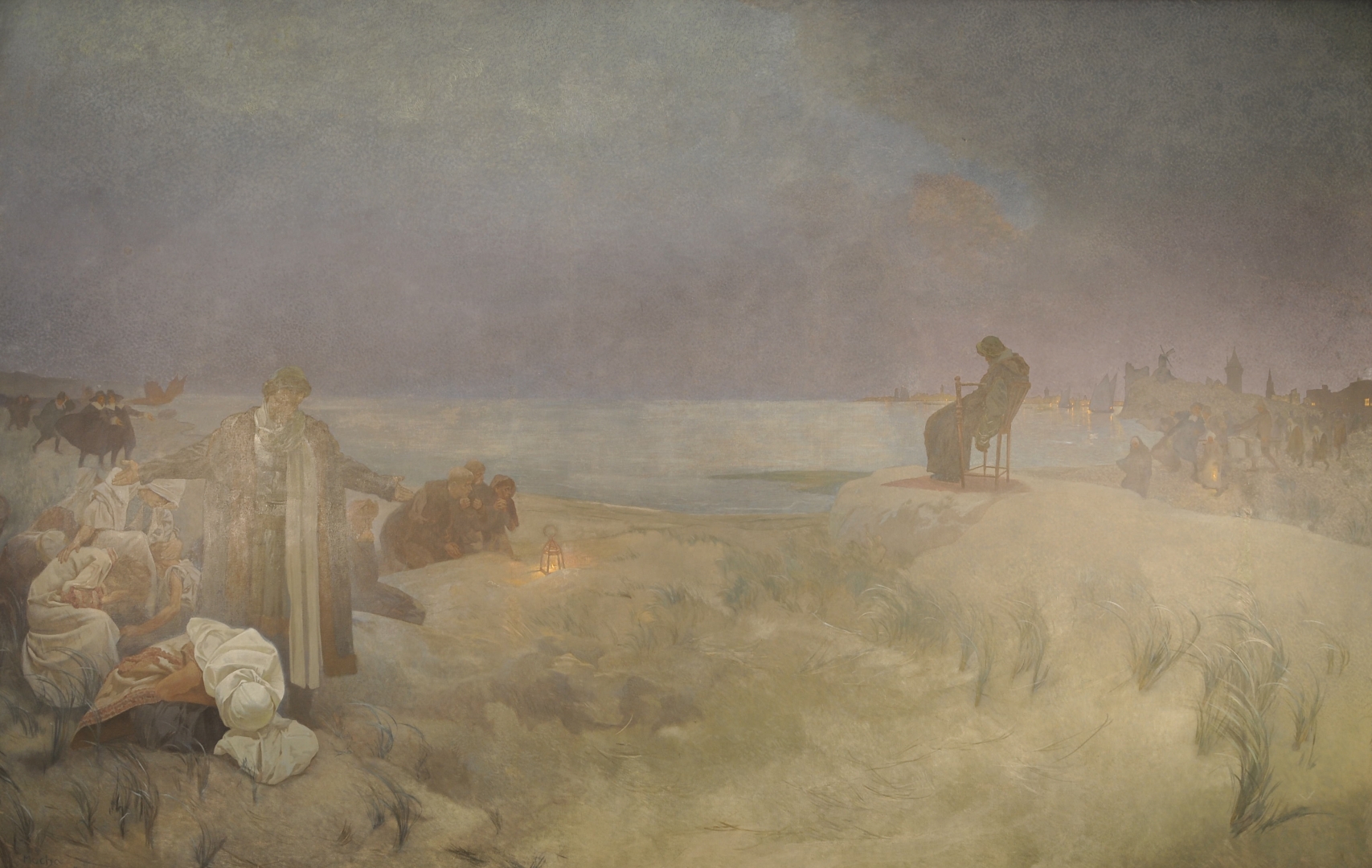JAN ÁMOS COMENIUS
Jan Amos Comenius, one of the greatest Czech thinkers and educators, was born on March 28, 1592. During Jan's youth, the Comenius family moved to Uherský Brod, where they belonged to affluent burghers and prominent members of the Unity of the Brethren. With the support of this influential religious group, he studied in Prerov and graduated from university in Germany in Heidelberg. Even during his studies, he demonstrated notable writing talent.
He returned to Bohemia as a priest and teacher. He later became the rector of a school in Fulnek. After the Battle of White Mountain and the Old Town execution of 27 Czech nobles, he had to hide for several years from a warrant. The turning point was the document of the Renewed Land Law and later the signing of the treaty known as the Peace of Westphalia, which, among other things, established the Catholic Church as the only legitimate faith. As a result, many people, especially supporters of the Unity of the Brethren, had to flee into exile or were suppressed by the new regime. After a long exile in Poland, England, France, Sweden, and Hungary, Comenius settled in Amsterdam, where he spent his old age and where half of his works were published.
In the painting representing his last days, he sits, sick and sad, at a bay. According to the gestures and behavior of his friends on the left side of the painting, it is clear that he will not attain freedom in his homeland. His hope fades just like the tiny flame of a lantern on the sand dune. He died in 1670 in Amsterdam and was buried in nearby Naarden.

